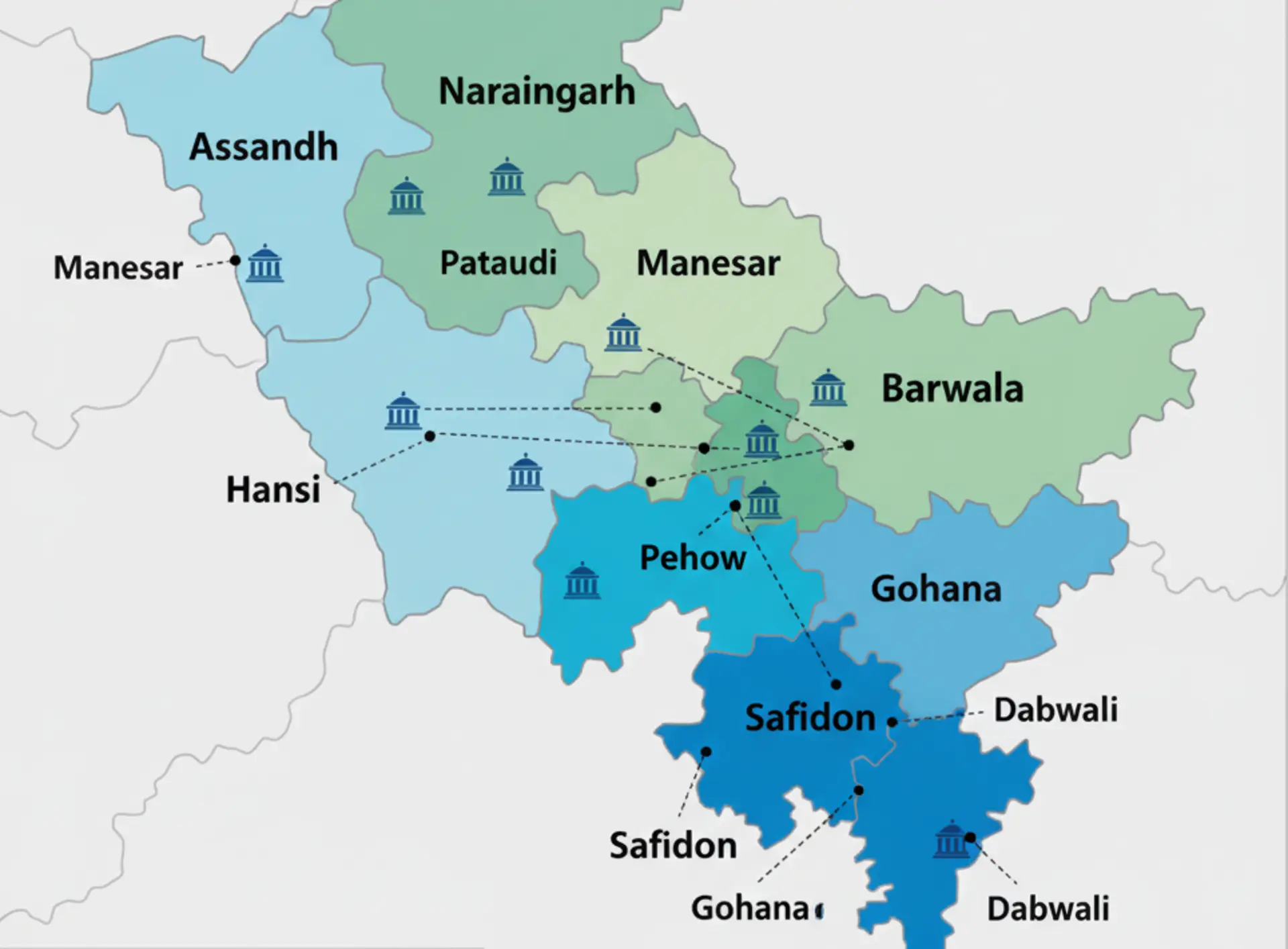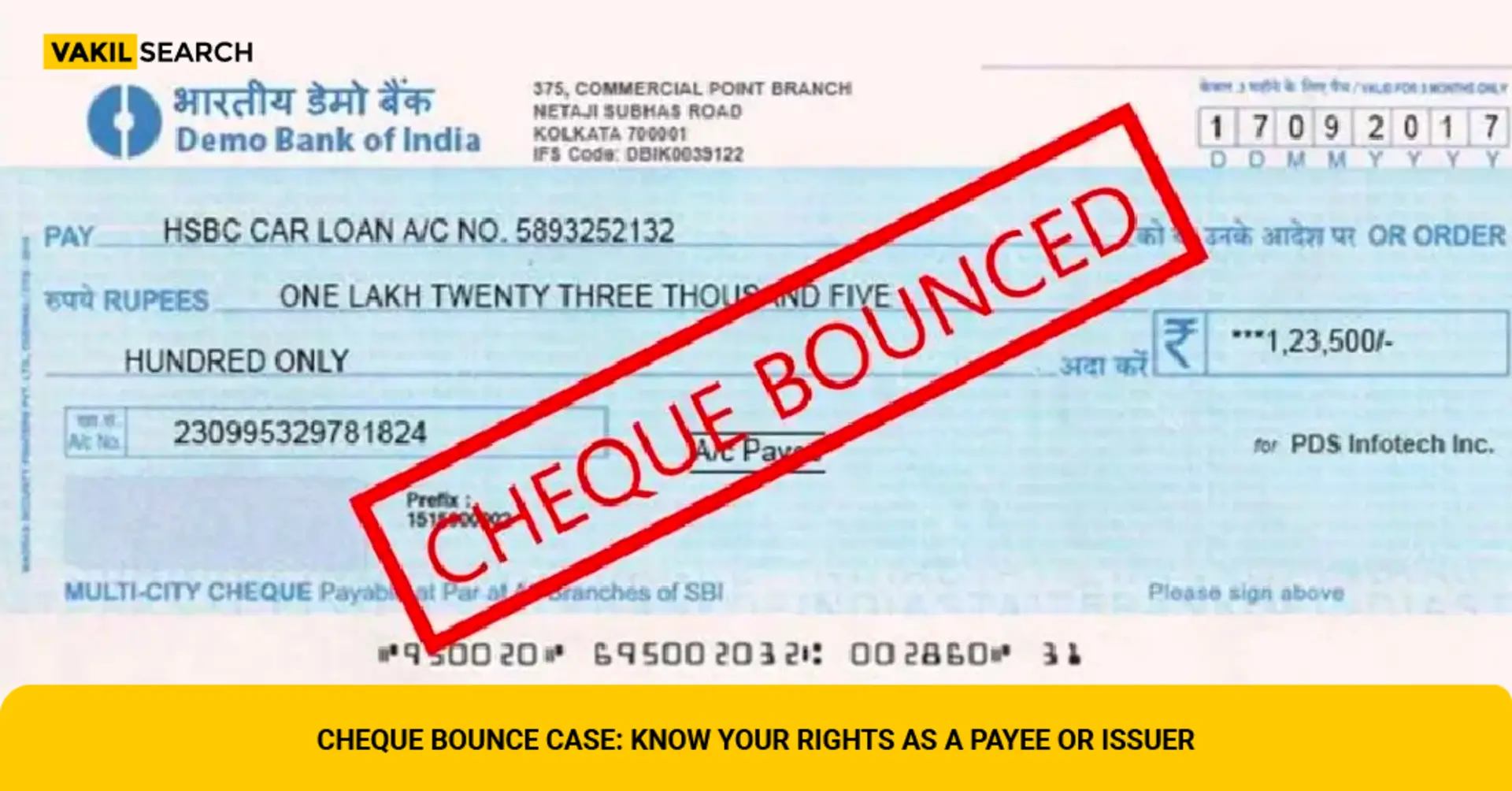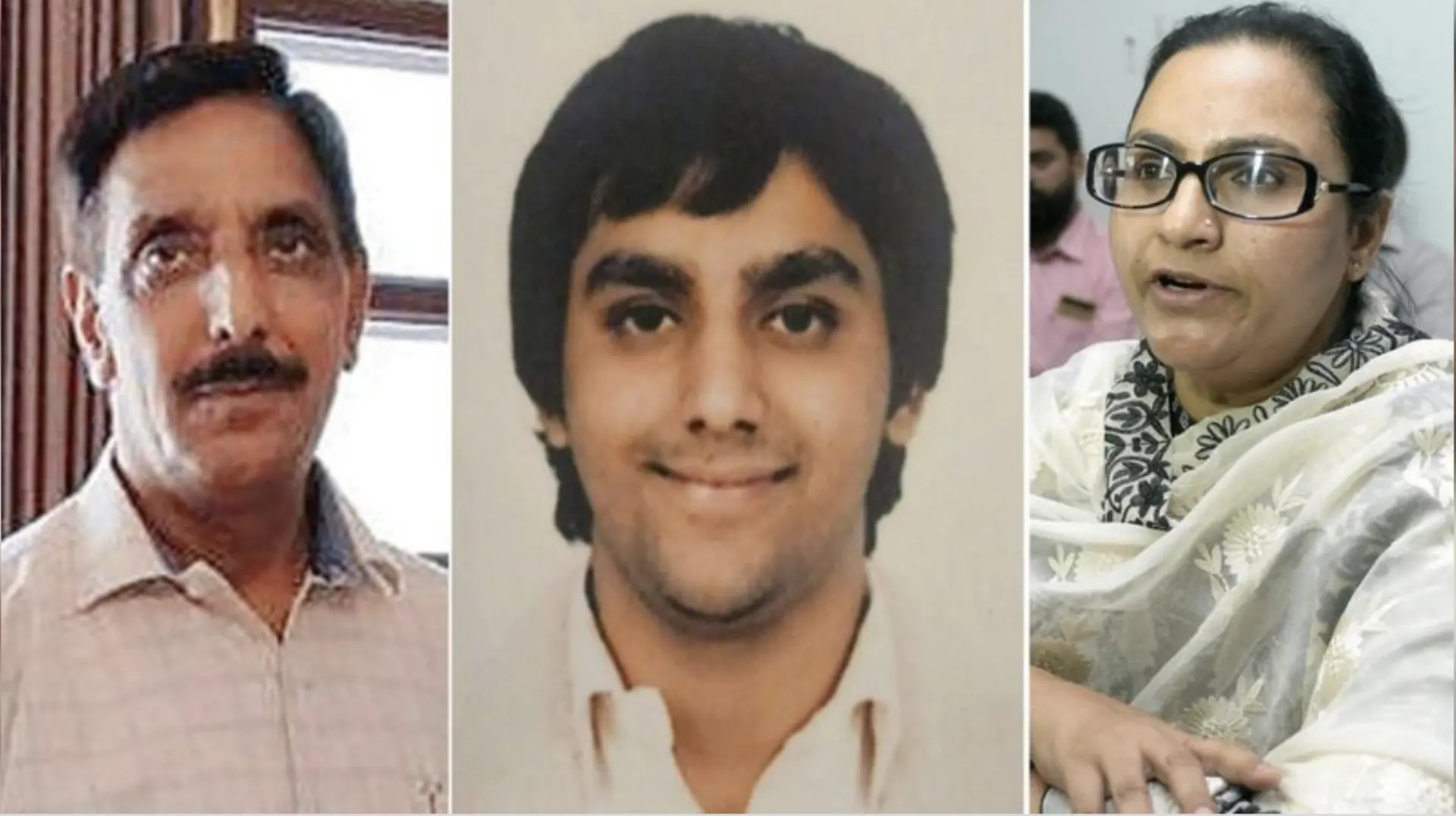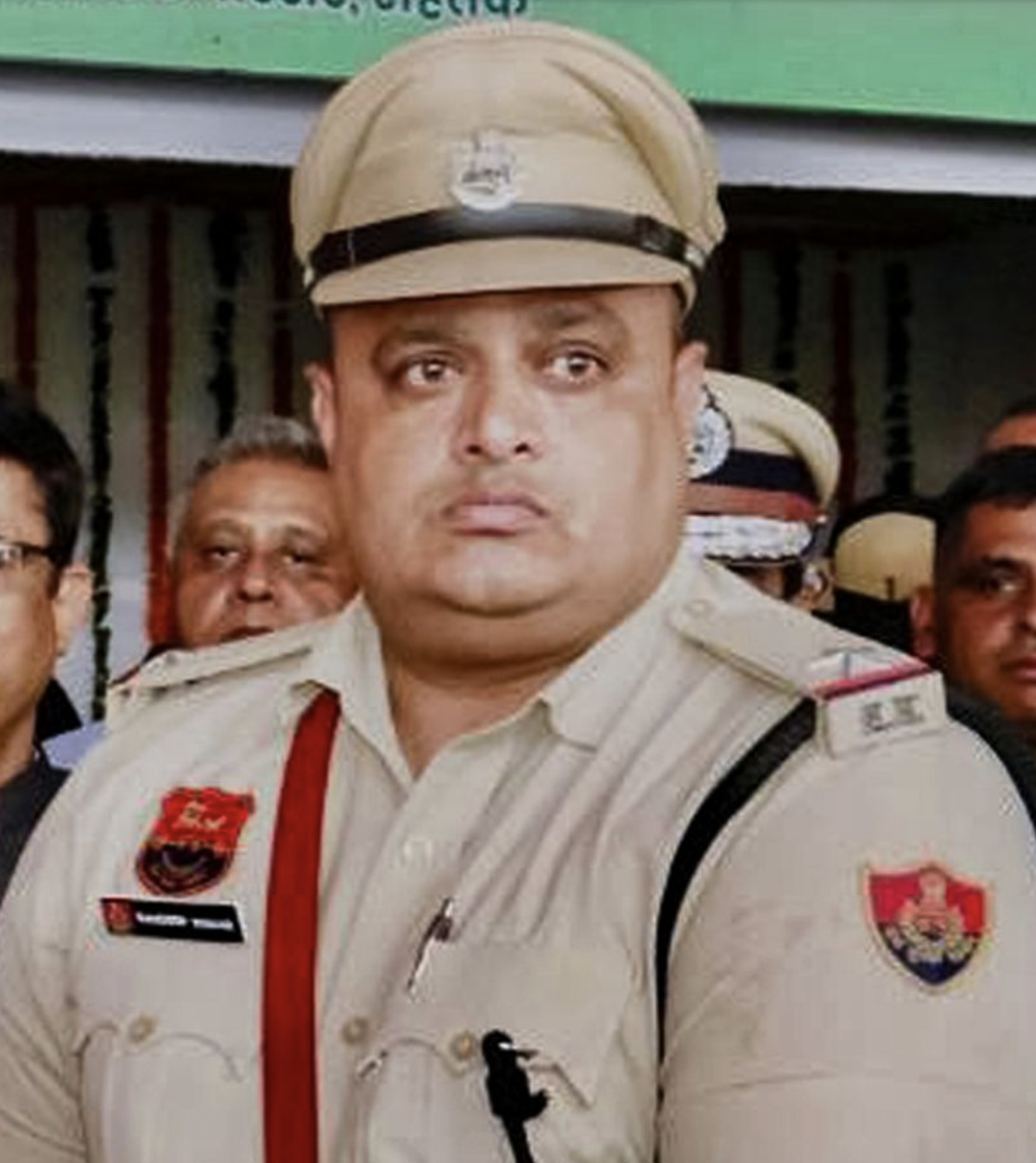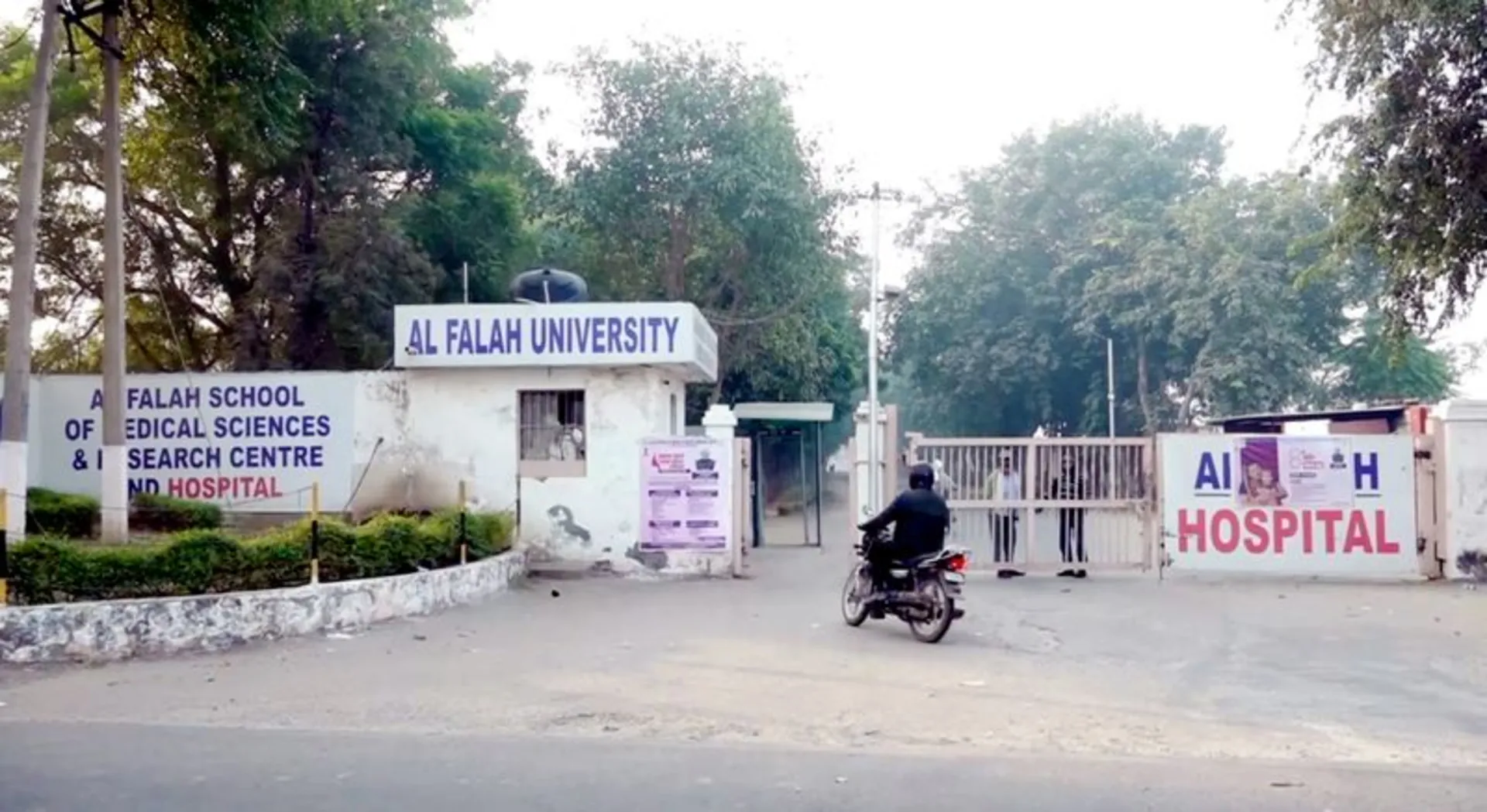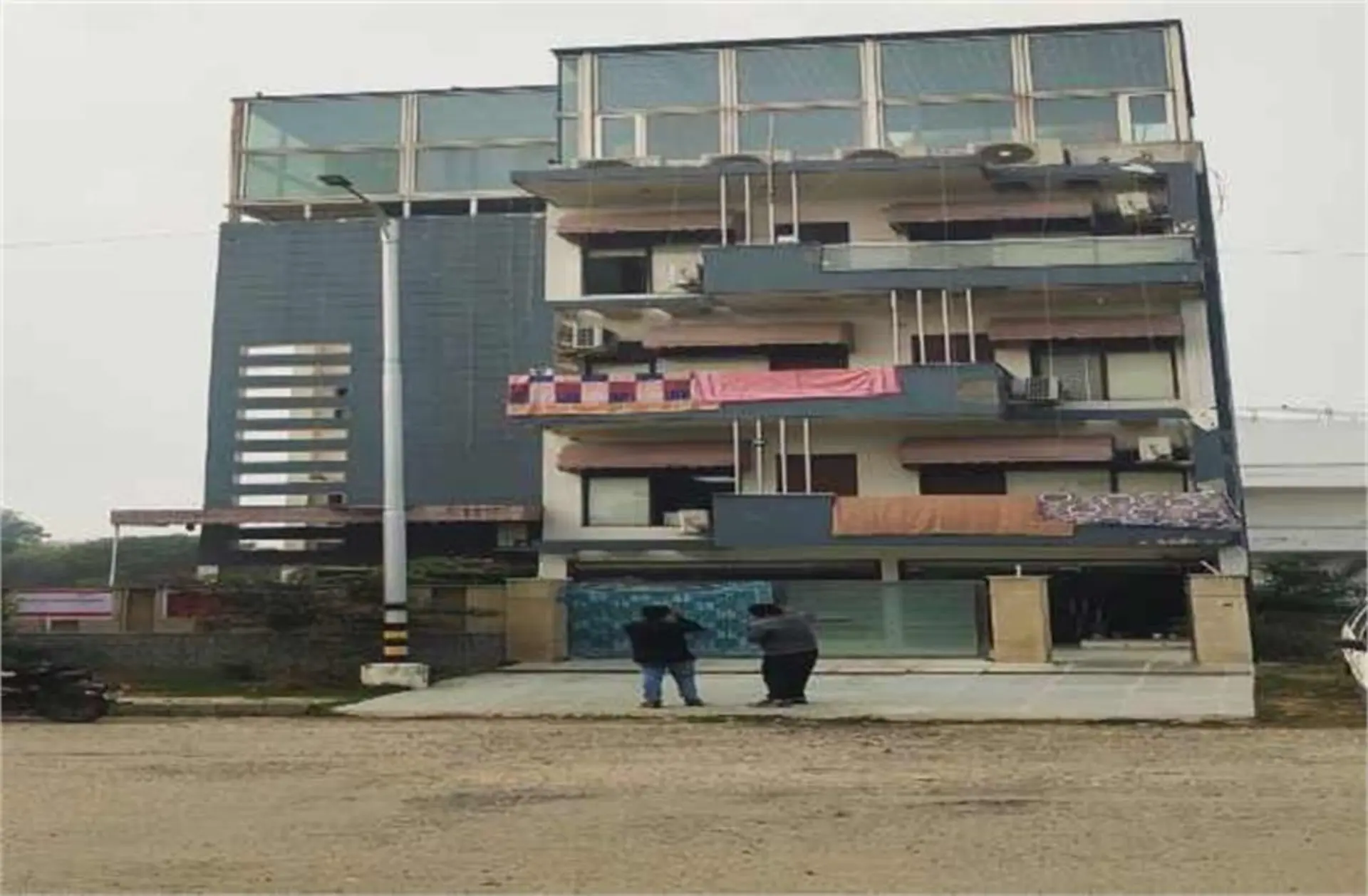
The Haryana government is gearing up for a sweeping administrative overhaul that may recast the state's governing map. Plans for establishing 11 new districts, 14 sub-divisions, 4 tehsils, and 27 sub-tehsils are under discussion, with a deadline looming. The proposals were made in the 5th meeting of the Sub-Committee on Administrative Reorganization, headed by Development and Panchayat Minister Krishan Lal Panwar.
Education Minister Mahipal Dhanda and Agriculture Minister Shyam Singh Rana were present as members along with Additional Chief Secretary Dr. Sumita Mishra and Special Secretary Kamlesh Kumar Bhadu of the Revenue Department.
India's Registrar General and Census Commissioner Mrityunjay Kumar Narayan issued unambiguous directions: all administrative boundary reorganization must be completed by December 31, 2025, before the next census. Failing this will see a wait until June 2027, after the next cycle of censuses concludes.
New Proposed Districts
The government is mulling elevating the following regions to district status:
- Assandh (currently in Karnal district)
- Naraingarh (Ambala district)
- Manesar (Gurugram district)
- Pataudi (Gurugram district)
- Pehowa (Kaithal district)
- Hansi (Hisar district)
- Barwala (Hisar district)
- Safidon (Jind district)
- Gohana (Sonipat district)
- Dabwali (Sirsa district)
On a particular note, Dabwali and Hansi have already been notified as police districts, providing them with an early start to administrative infrastructure.
Criteria for District Formation
The government has set definite criteria for the formation of new districts. Suggested areas need to have 125-200 villages, more than 4 lakh population, and an area of more than 80,000 hectares. The same criteria have been followed for forming sub-divisions, tehsils, and sub-tehsils so that systematic administrative growth is ensured.
These are the criteria that balance the demand for governance accessibility and preserving administrative efficiency. Smaller districts could theoretically bring government closer to people but may also add to bureaucratic overhead.
Comprehensive Administrative Review
Minister Krishan Lal Panwar disclosed the sub-committee has observed 73 overall proposals for administrative reorganization. Apart from district formation, particular suggestions are shifting village Khunga from Uchana sub-division to Jind sub-division, and adding village Khanpur to Pehowa tehsil.
The minister highlighted the government's firm determination to restructure on the basis of public interest as well as public demands raised by elected representatives. The strategy implies political considerations along with administrative efficiency in the reorganization process.
What Happens Next
All the sub-committee meeting proposals will be sent to Chief Minister Nayab Singh Saini for approval. If permission is given, Haryana might see major administrative reforms in few months.
Restructuring is a balancing act between enhancing governance reach and keeping administrative expenses under check. New districts entail extra infrastructure, staff, and funds, but supporters say that these investments enhance the delivery of services in then-hitherto underserved locations.
The Dec. 31 deadline fast-tracks the decision-making process. State government officials have to compare and contrast each proposal on merit keeping in mind long-term administrative repercussions because these decisions will determine the framework of Haryana's governance in the years to come.



